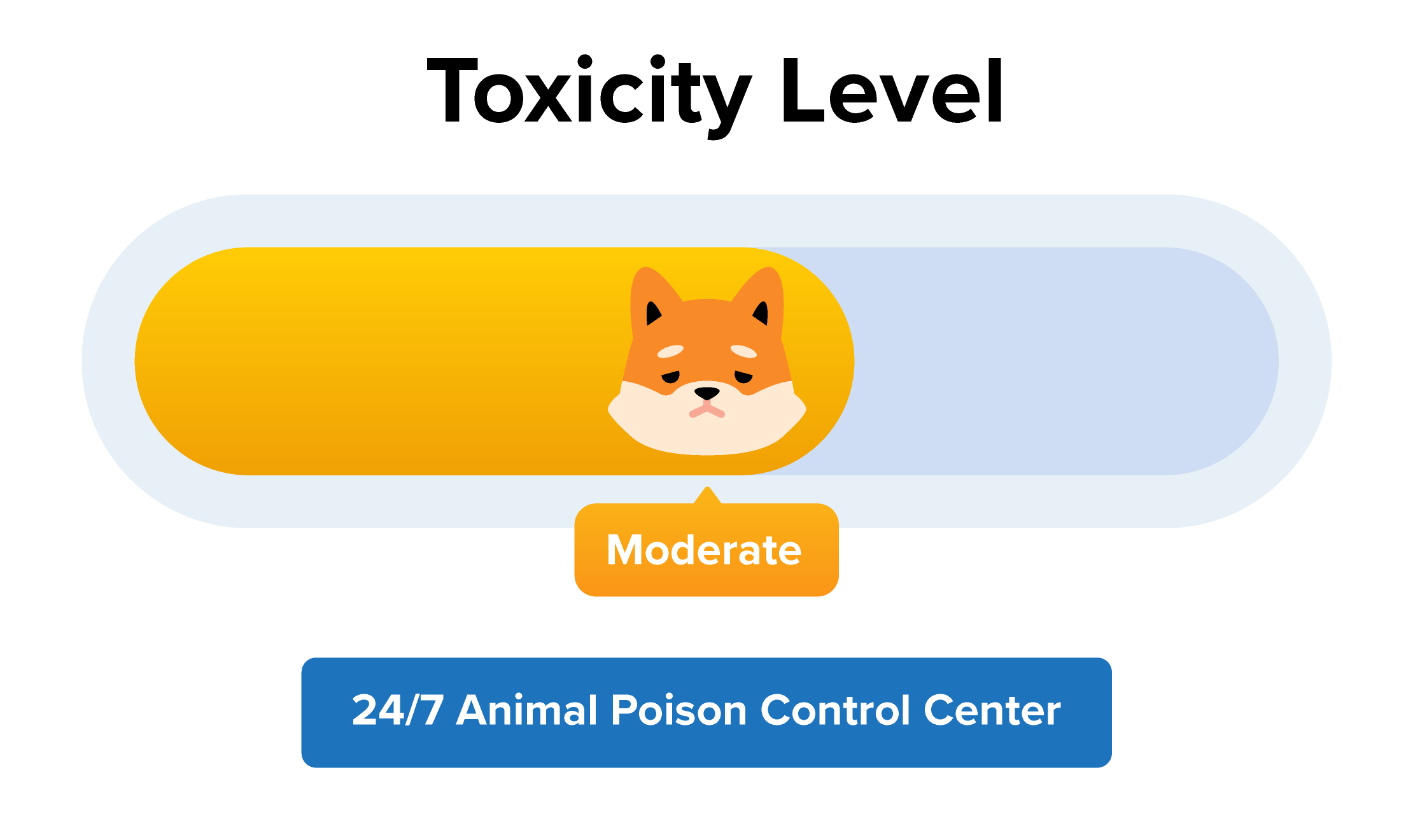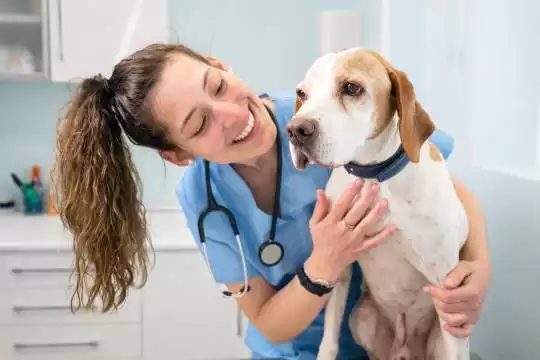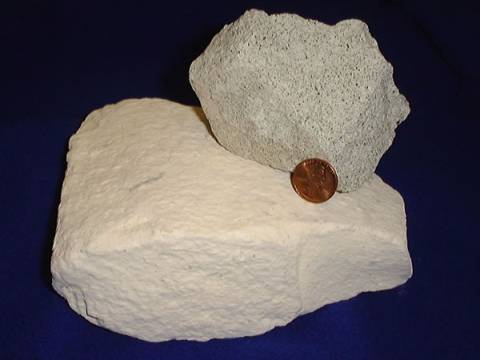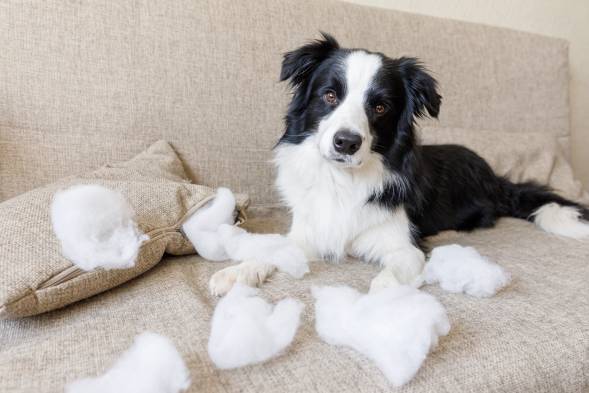Does your dog like to snarf up bugs? Many dogs do enjoy such snacks, though most of us don’t understand the draw to eat insects!
Connect with a verified veterinarian in minutes. Licensed vets are available 24/7 to answer your questions. No need to worry about your furry family member.
But what about katydids. Are they safe for dogs to eat? Has your dog eaten a katydid? Or has eaten up a bunch of them?
What are Katydids?
Katydids are large singing insects that are something confused with cicadas. They look something like a very large grasshopper. Katydids are native to the US, Canada, South Africa, and Australia. And there are more that 6,400 species of katydids!
These insects are usually busy at night and this is when you may hear the males singing their mating calls. Katydids are also somewhat of a shapeshifter in that they can blend in to camouflage themselves. They can match shapes and colors of leaves, too!
Katydids eat leaves, flowers, bark and seeds. But some species are predators, and prefer to eat other insects, snails, and even small snakes and lizards.
Are Katydids Toxic to Dogs?
The answer is no. However, while they’re not poisonous, if a dog eats more than 2-3 of these bugs, he could become very sick. For some dogs, eating 2-3 katydids may cause an upset stomach, vomiting and diarrhea.
On the other hand, a dog that eats several and more can become seriously sick. He will vomit, have diarrhea, and nausea. The main issue is that katydids have very hard shells, which can be difficult to digest. If a dog eats a bunch of these bugs, then the shells can become lodged in the intestines. This can cause a bowel obstruction.
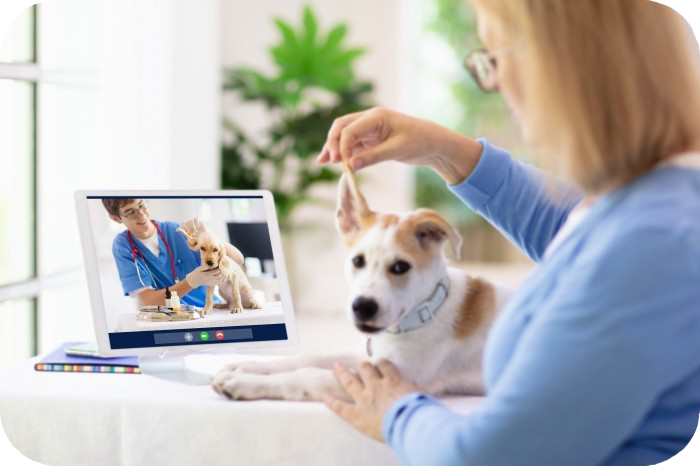
Review symptoms, medications & behavior to keep your pets healthy with a Vet Online in just minutes.
Ask a Vet Live NowSymptoms of a Bowel Obstruction in Dogs
You may notice these symptoms if your fur baby has developed a bowel obstruction:
- Diarrhea
- Lethargy
- Loss of appetite
- Vomiting
- Weakness
- Bloating
- Abdominal pain
Some dogs may also whine and hunch their backs due to the pain they experience with this condition. If you notice these symptoms in your dog, please call your vet immediately. Your dog’s life may be threatened by this medical emergency.
The vet will ask you to bring your fur baby into the clinic, where he will examine your dog. In addition, the vet may also run lab work and take x-rays. The x-ray images can help the vet determine where the katydid’s hard shells are caught in the intestines.
The prognosis is very good for dogs who receive prompt treatment for this painful condition. And it’s a good idea to try to keep your canine companion from eating katydids. One or two are OK, but more could cause a problem!
Connect with a verified veterinarian in minutes. Licensed vets are available 24/7 to answer your questions. No need to worry about your furry family member.

Kyoko
Kyoko is from a family of 3 and moved to New York with her parents and siblings when she was 13. Kyoko is fond of spending a great amount of time with pets, specifically her beagle Luna and cat Missy. Her boyfriend often complains that she spends too much time giving attention to their animals. Kyoko has written dozens of articles concerning pets and is aiming at owning a pet shop one day!
Review symptoms, medications & behavior to keep your pets healthy with a Vet Online in just minutes.
Ask a Vet Live Now
